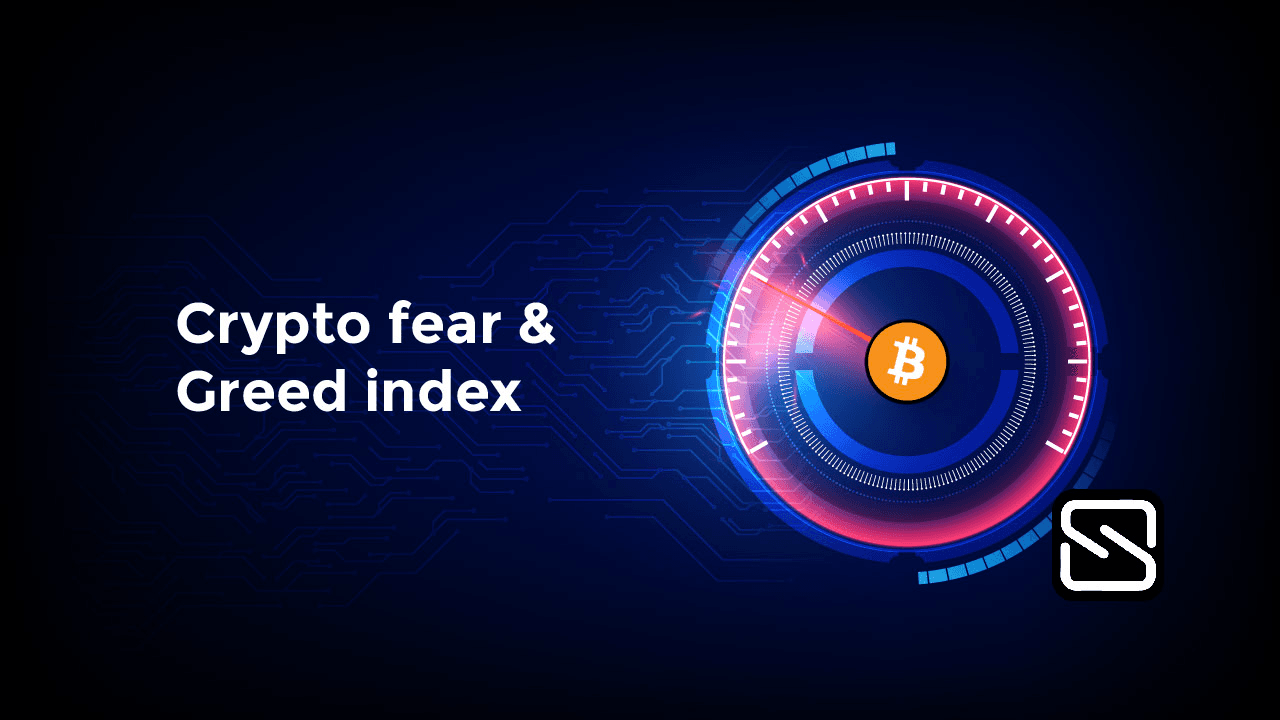Crypto Fear and Greed Index Explained
This guide covers what crypto fear and greed is, how it works, and how you can use it to help you trade.
By Staff
The term “Crypto Fear and Greed Index” must be familiar to every investor because of how pervasive it has become on social media. The index is similar to the “Bitcoin Fear & Greed Index,” which measures BTC sentiments on a particular day.
The index gives a rough idea of how investors feel during market volatility. Many crypto traders use it to help them find the right time to enter and exit the market.
The index assesses the market sentiment across the crypto industry. It also provides a score of 0 to 100, categorizing crypto sentiment from extreme fear to extreme greed.
This guide covers what it is, how it works, and how you can use it to help you trade.
The crypto markets are in many ways similar to stock markets that can make investors turn rich or go poor. Cutting through all the charts, price predictions, and analysis, the market resembles an ‘individual’. Just like how an individual feels happy, scared, vulnerable, or thrilled after investing, the markets feel the same sentiments. The market is nothing but a collective bunch of millions of ‘individuals’ taking shape in the form of an index.
The index is divided into the following four categories:
0-24: Extreme fear (orange)
25-49: Fear (amber/yellow)
50-74: Greed (light green)
75-100: Extreme greed (green)
The index is calculated using a range of sources including volatility, market momentum/volume, social media, dominance, and trends. Surveys have also been used in the past, but are currently paused. The signals are also based on bitcoin, but other large cryptos may be incorporated into the index soon.
Here’s a closer look at each of the five key signals:
Volatility – A rise in volatility is used as a sign of a fearful market.
Market momentum/volume – The current market momentum is compared to the current volume. When buying volumes are outpacing the longer-term momentum, it signals the market is getting too greedy.
Social media – Using a Twitter sentiment analysis tool, an unusually high interaction rate is used to identify greedy market behavior.
Dominance – A rise in bitcoin dominance is considered a sign of a fearful market moving to a safer asset, while a fall in bitcoin dominance is seen as a sign the market is getting too greedy and moving to more speculative altcoins.
Trends – Data from Google Trends is used to see how many people are searching for information about bitcoin.
How to use the Crypto Fear and Greed Index?
As previously explained, the cryptocurrency market can occasionally be erratic. This is partly a result of investors’ emotional responses to the market. This is in part due to emotional investors reacting to the market. People can feel FOMO (Fear Of Missing Out) and get greedy when the market is rising. They also can become fearful when the market is falling and sell their coins.
Many traders use the index as a market indicator, a tool that provides them with market data so they may trade more intelligently. Analyzing the overall sentiment and the emotions driving the market has helped many traders outperform the market.
Conclusively, you may observe on the charts that the Crypto Fear and Greed Indicator doesn’t correspond tightly to longer-term bull runs. Rather, it reacts to news events and short-term changes in the crypto market. For those reasons, many traders use it primarily as a short-term indicator rather than as a long-term indicator.
Many traders check this indicator daily as it gives them a quick sense of the market. When it hits extreme greed or extreme fear, they often take it as a signal to look at all of the trading signals more closely.
